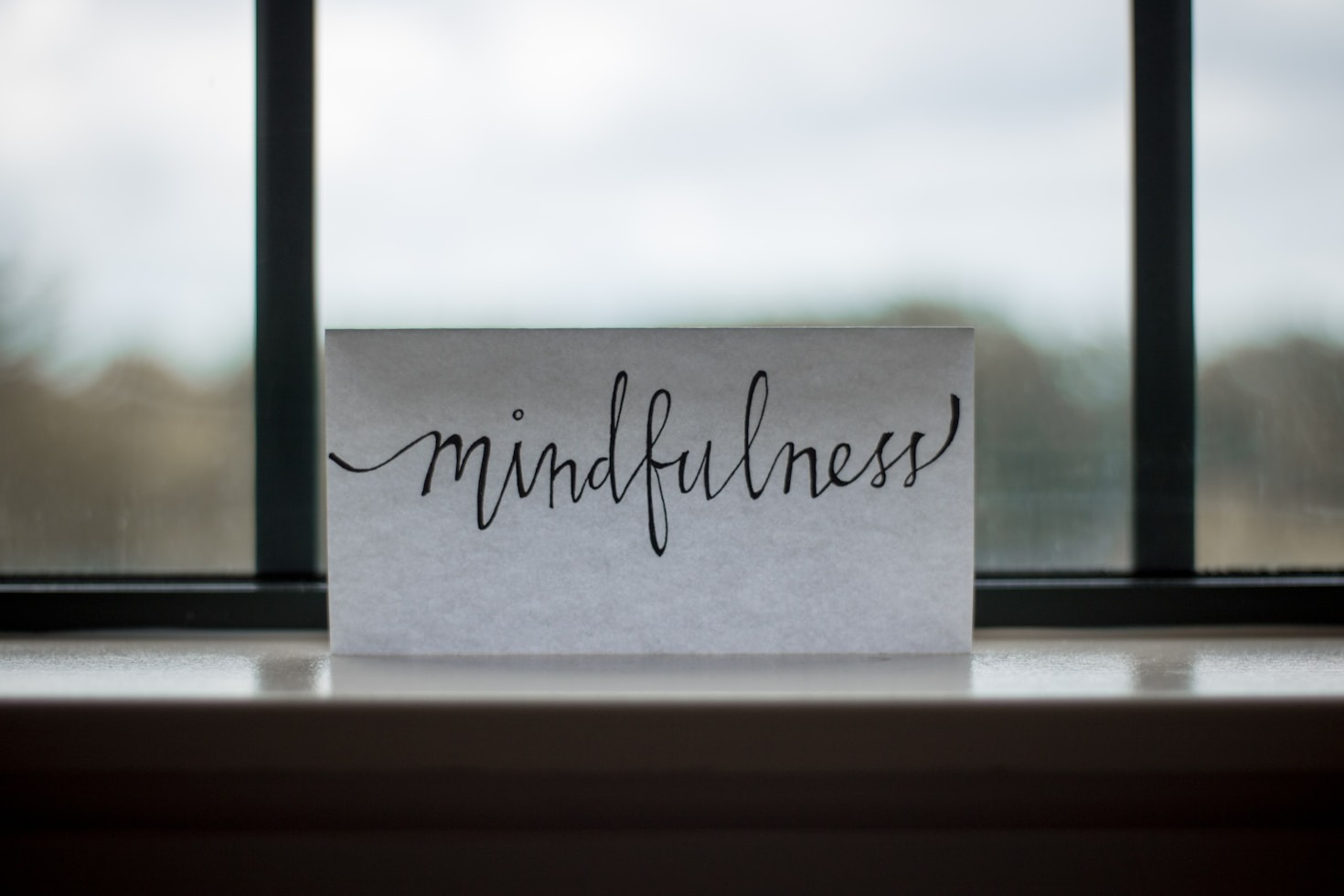In a world that constantly pulls us in different directions, “balance” often feels like a moving target. We juggle work, family, health, and countless responsibilities—often leaving our own well-being at the bottom of the list. But what if balance isn’t about doing everything perfectly, but rather about aligning your daily actions with your deepest priorities and values?
True balance begins with awareness. It’s the ability to pause long enough to ask, “What do I need right now?”—not just physically, but mentally and emotionally. For some, that means adding structure to the chaos; for others, it means letting go of the need to control every outcome. When we step back and observe our lives from a wider lens, we begin to see where energy flows freely and where it gets stuck. These are our “unbalanced” zones—the places that need attention, not judgment.
One of the most powerful ways to restore balance is to reconnect with your body. Movement, nutrition, sleep, and stress management all play an integral role in how we feel and function. Daily movement doesn’t have to be intense; even gentle stretching, walking, or mindful breathing can reset your nervous system and create a sense of grounding. Pair that with nutrient-rich meals that truly fuel your cells—not just fill your stomach—and you’ll start to experience stability from the inside out.
But balance extends far beyond the physical. Emotional and social connection are vital pieces of the wellness puzzle. When you nurture positive relationships and meaningful communication, your body releases hormones that calm your mind and elevate your mood. Make it a goal to spend time with people who make you feel seen and supported—whether it’s a friend, family member, or a group focused on wellness and growth.
Rest and recovery are the often-overlooked pillars of a balanced life. We live in a culture that celebrates busyness, yet true healing happens when we rest. Quality sleep allows your body to repair, hormones to stabilize, and your mind to reset. Try to create a nightly wind-down routine that includes gentle stretches, reading, or quiet reflection—an intentional transition from doing to being.
Ultimately, balance is not a final destination; it’s a daily practice of recalibration. Some days, you’ll lean into work; others, you’ll need to slow down and refill your cup. What matters most is that you continue to listen—to your body, your energy, and your intuition. When you do, you’ll discover that balance isn’t something you find; it’s something you create with consistent, mindful choices.
At Moving Into Wellness, we believe that achieving balance starts with awareness and grows through action. Whether you’re seeking better movement, improved nutrition, or a renewed sense of purpose, our mission is to help you uncover the tools and habits that allow your best self to shine—one intentional step at a time.


Wrapping Up with Key Insights
Embracing balance also means accepting imperfection and being gentle with yourself when things don’t go as planned. Life is unpredictable, and rigid expectations can lead to frustration and burnout. By cultivating self-compassion, you create space to adapt and flow with changing circumstances rather than resist them. This mindset shift transforms challenges into opportunities for growth and resilience, making your journey toward balance more sustainable and fulfilling.
In addition, setting boundaries is essential to maintaining balance in a world that often demands more than we can give. Learning to say no, delegate, or prioritize tasks based on your values protects your energy and preserves your well-being. Boundaries empower you to focus on what truly matters, reduce overwhelm, and create a life that feels aligned rather than scattered. Remember, balance is about honoring your needs as much as meeting external demands, and that starts with clear, compassionate limits.














